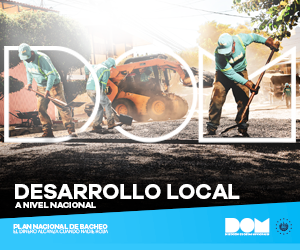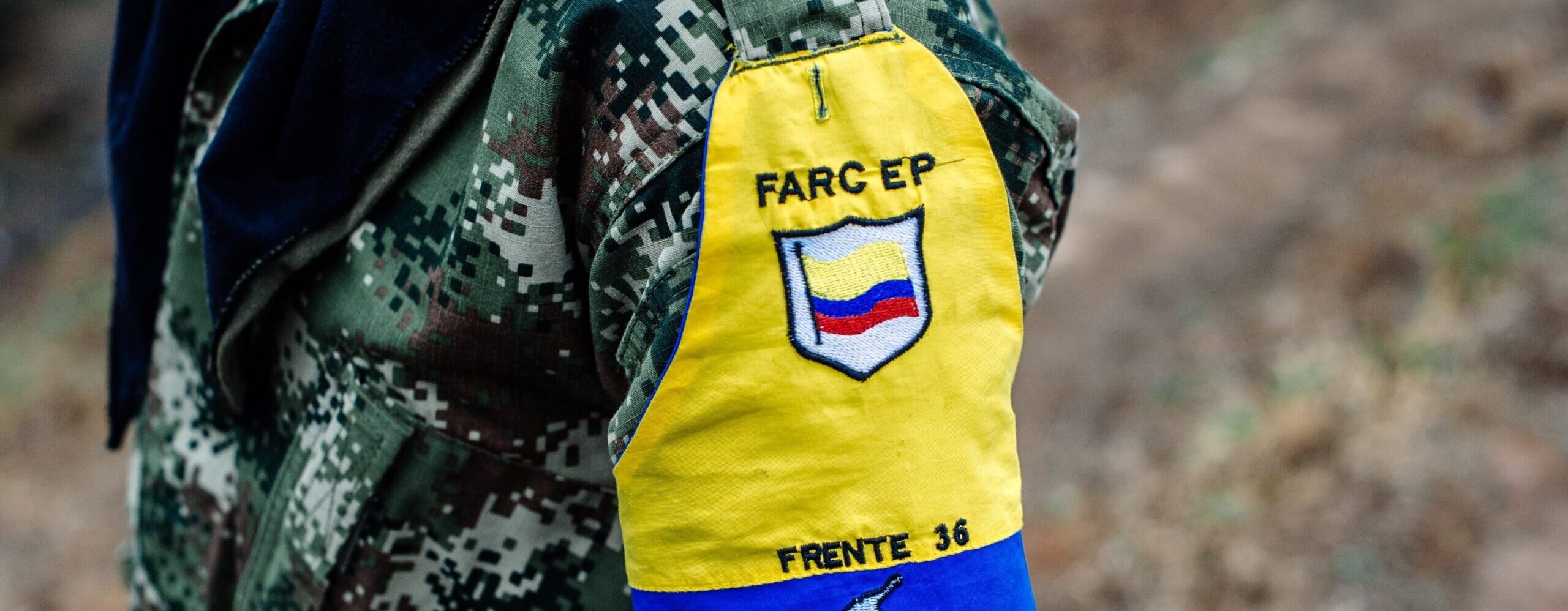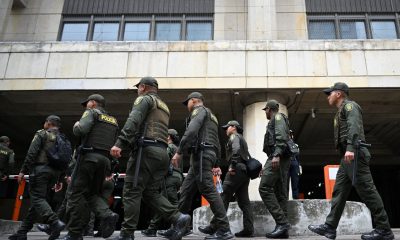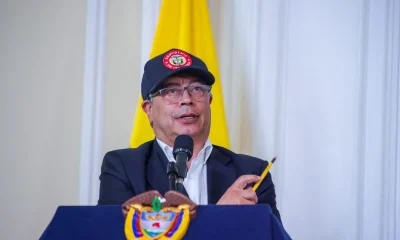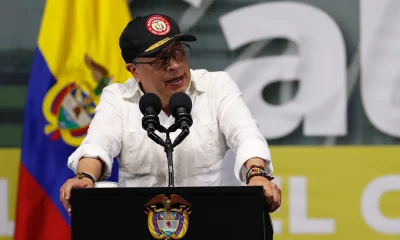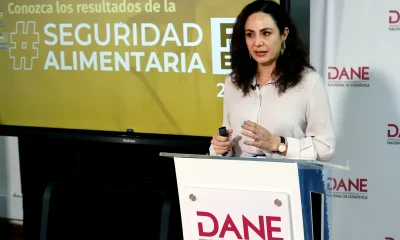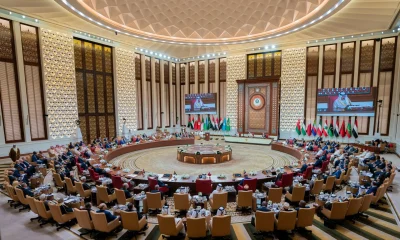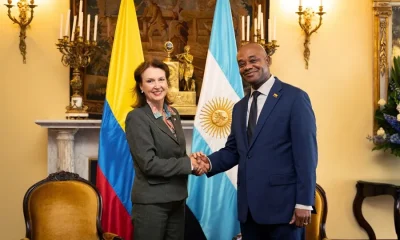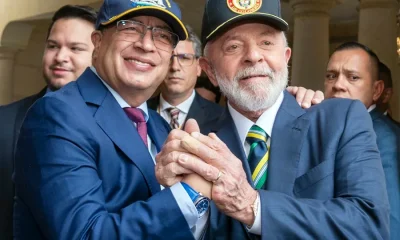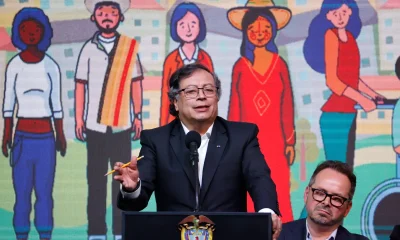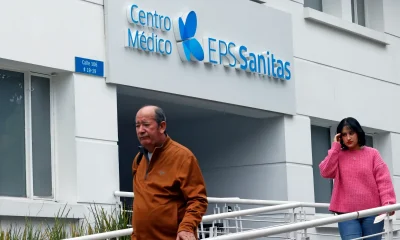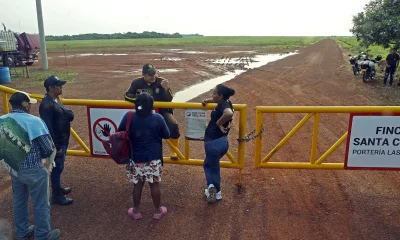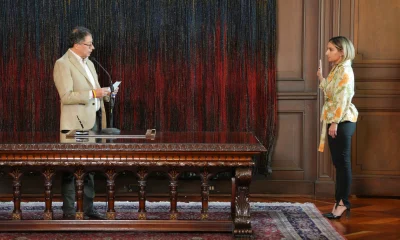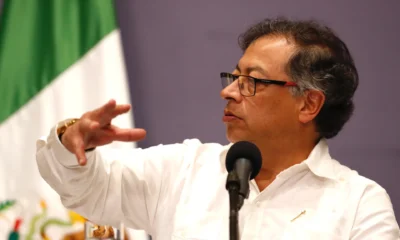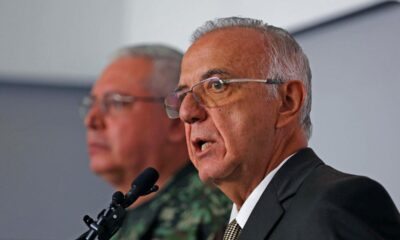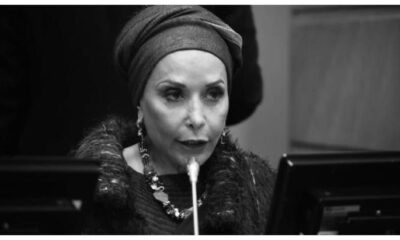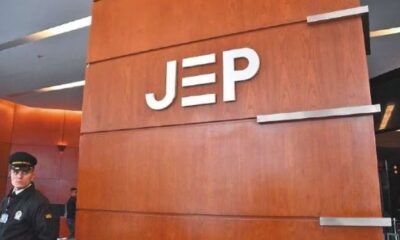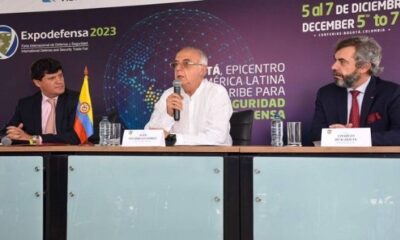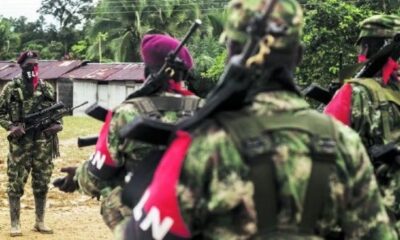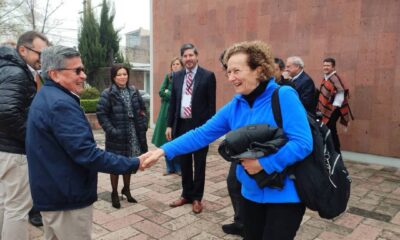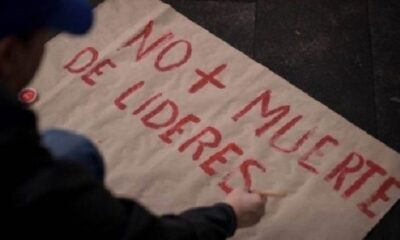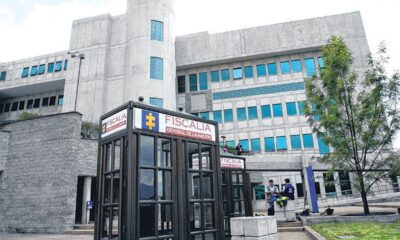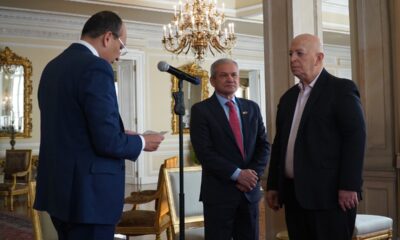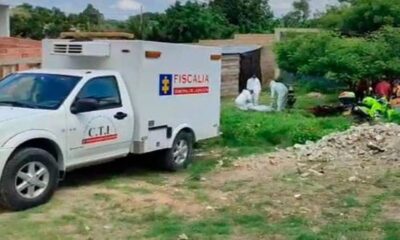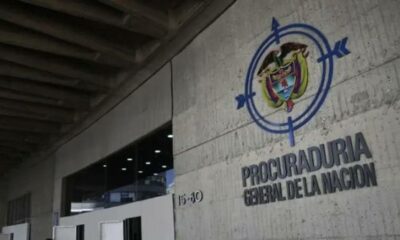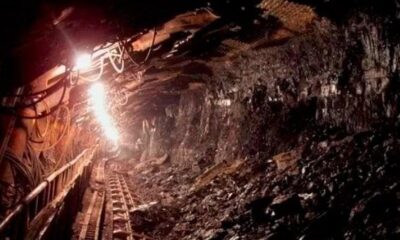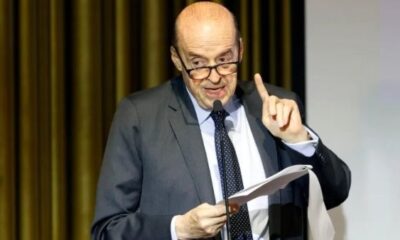International
Colombia’s crusade to repatriate its archeological heritage
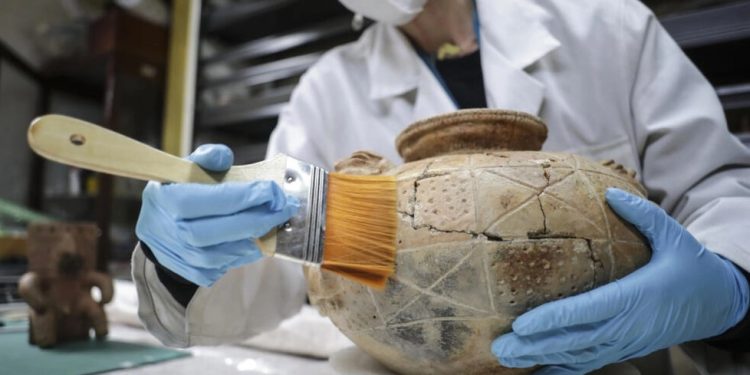
November 5 |
Wearing latex gloves and a white coat, restorer Carla Medina holds part of Colombia’s history in her hands. A growing number of pre-Columbian pieces are returning from abroad in an unorthodox way: President Gustavo Petro himself is bringing them back.
“It’s a great responsibility and a great privilege,” he tells AFP in his laboratory at the Colombian Institute of Anthropology and History (ICANH).
Medina, 41, analyzes a clay vessel repatriated from Italy, which had to be reconstructed from fragments. She is grateful “to have the opportunity to have access to an object that has so many years of history”.
At least 560 pre-Columbian pieces were returned from other countries aboard the presidential plane of leftist Gustavo Petro, in some of the more than 30 trips abroad that he has completed in just over a year in office. International tours criticized by the opposition as dispensable and costly.
Most of the pieces returned from the United States, United Kingdom, Belgium, Spain, Germany, Mexico, among other countries, in a coordinated work between the Foreign Ministry and ICANH.
One of the most recent returns was in October and took place on the diplomatic vessel Gloria, where 12 archeological pieces traveled from Costa Rica to Cartagena.
The recovery is part of a strategy of “efficient use of resources”, said at the time the former vice-minister of Multilateral Affairs, Laura Gil, and is advancing at an accelerated pace compared to the previous government, in which only 18 pieces were repatriated in four years.
For Catalina Ceballos, director of cultural affairs at the Foreign Ministry, it is a way to “start talking about decolonization from another perspective.”
Most of the pieces returned to Colombia were taken out of the country when there was no legal clarity in the world on the traffic of archaeological goods.
Only since 1997 has Colombian law recognized the State as the legitimate owner of national archaeological heritage.
However, the fight against illegal trafficking of these pieces has not been a priority in a country bled by half a century of armed conflict between authorities, guerrillas, paramilitaries and criminal gangs. While the budget suggested by the Presidency for ICANH in 2024 is equivalent to some 2.3 million dollars, that proposed for the defense area and the Police is almost 600 times greater.
Juan Pablo Ospina, coordinator of the anthropology group at ICANH, nevertheless emphasizes that in the current government repatriations have been “successful” because the presidential plane has been “fully available” to bring pieces “properly packed and safeguarded on those trips”.
Recent returns have been made mostly by private collectors on a voluntary basis and require diplomatic work in each country of origin. ICANH is then in charge of the registration, cataloguing, transfer, reception and, in some cases, intervention of the pieces.
As most of the repatriated works are ceramic, the restoration processes are simpler. “Even though they are very old, they can be very well preserved with the passage of time,” says Medina.
The most vulnerable materials are those “of an organic nature,” such as textiles, paper or wood.
The composition of the materials also offers details about how Colombia’s early societies functioned in relation to their territory, says Medina.
For the most part, the Colombian territory was made up of pre-Columbian societies distributed in small chiefdoms.
Ospina assures that what today corresponds to Panama, Venezuela, Colombia and part of northern Ecuador is known as the “intermediate zone” in Latin American archeology, “because what happened there is completely different from what happened in Mesoamerica or in the central Andes,” where great empires were formed.
That is why in Colombia, unlike in Mexico or Peru, it is not common to find palaces, pyramids or large goldsmith traces, with one great exception: the treasure of the Quimbayas. A collection of gold found at the end of the 19th century in a small village in the department of Quindío (west), donated at that time to the Queen of Spain by the Colombian president Carlos Holguín and which today is in the Museum of America in Madrid.
Most of Colombia’s archaeological treasures are ceramic pieces from different periods and cultures, some 6,000 and 7,000 years old, found in the Caribbean, Ospina explains.
“They are very early evidence of ceramics,” he adds.
In other Colombian regions the use of ceramics dates back to approximately 1,000 BC, present mainly in religious and funerary rites.
International
Zelenski urges global action after russian ballistic missile strike
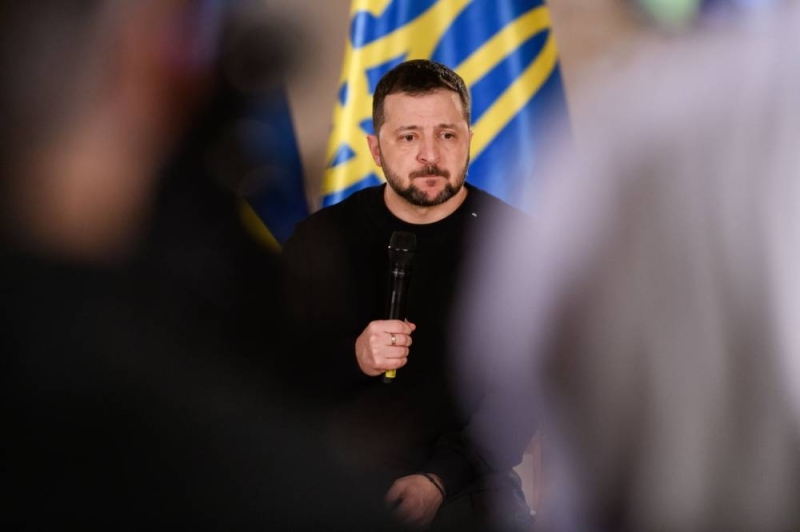
Ukrainian President Volodymyr Zelenski called on the international community Thursday to “respond” to Russia’s ballistic missile strike on Ukraine, which he said has heightened the “escalation and brutality” of the conflict.
“The world must react. So far, there has been no strong response,” Zelenski lamented in a social media statement.
“We must act. We must pressure. We must push Russia towards real peace, which is only achievable through strength,” he added.
Russian President Vladimir Putin confirmed Thursday that Russia had launched a new type of hypersonic ballistic missile against Ukraine in its “non-nuclear configuration.”
International
Elon Musk plans sweeping cuts to U.S. bureaucracy and spending
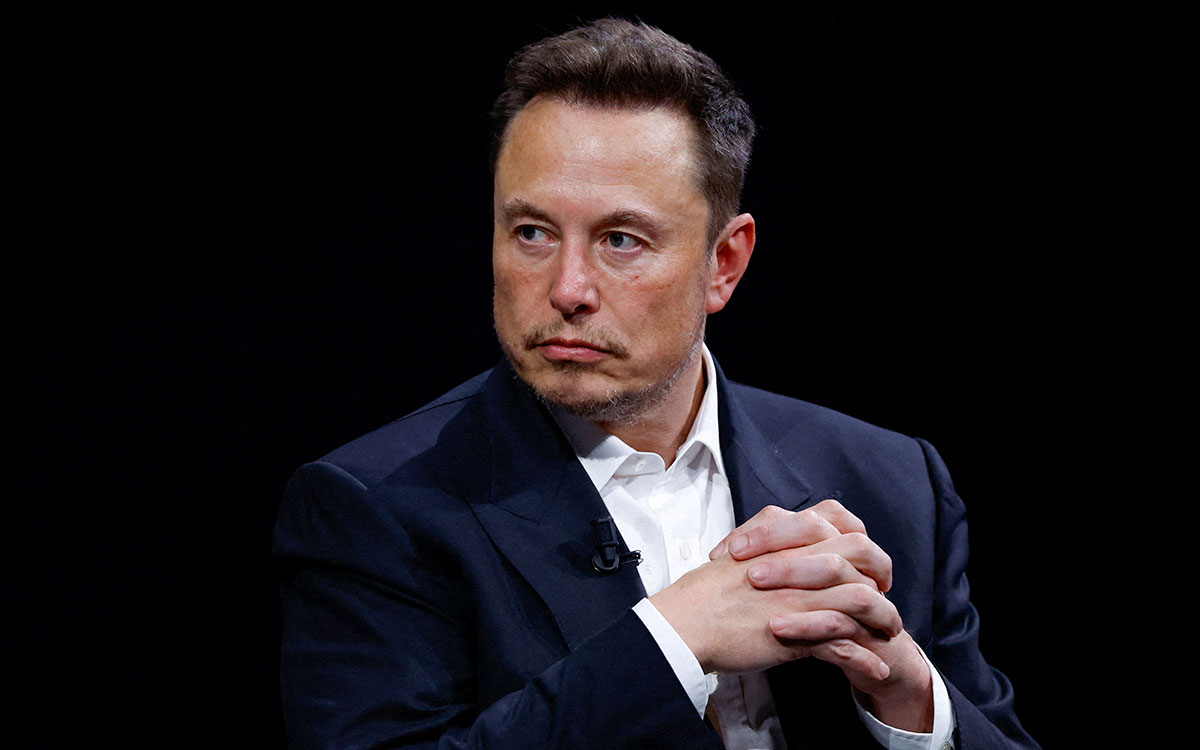
Elon Musk has pledged massive cuts to government programs, subsidies, and bureaucracy in his anticipated role as a “State Efficiency” leader, according to an article published Wednesday in The Wall Street Journal.
The billionaire entrepreneur plans to target hundreds of billions of dollars in federal spending, including funds for public broadcasting and Planned Parenthood. Musk called government bureaucracy an “existential threat” to American democracy.
Teaming up with fellow businessman and Trump ally Vivek Ramaswamy, Musk aims to streamline federal regulations and implement significant administrative and cost reductions.
“We are entrepreneurs, not politicians. We will serve as external volunteers, not federal officials or employees,” Musk and Ramaswamy stated in the article.
International
Putin warns of escalation, suggests strikes on western weapon suppliers
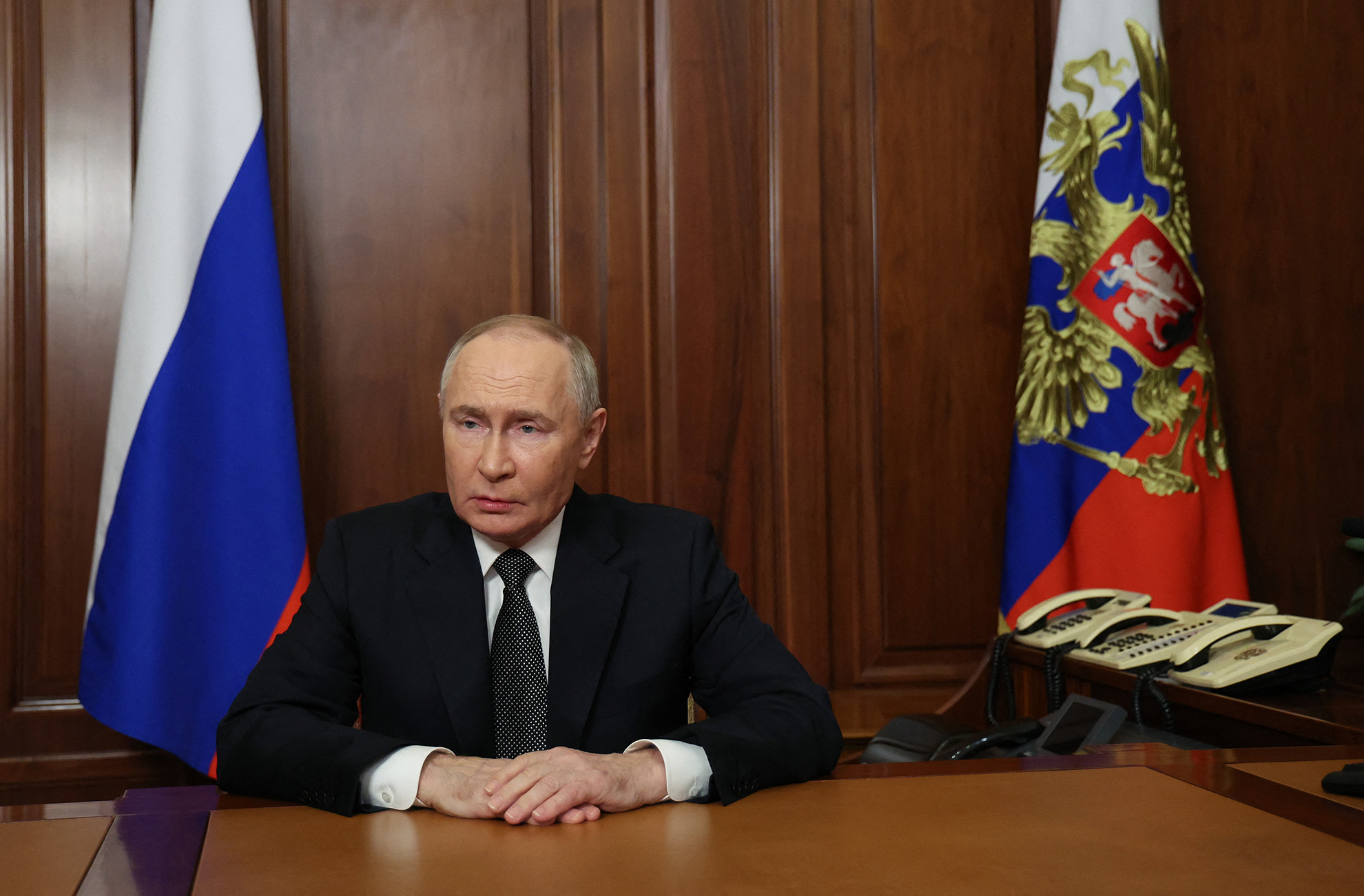
Russian President Vladimir Putin declared that the conflict in Ukraine is taking on the characteristics of a “global war,” warning that Russia might target Western nations supplying Ukraine with weapons used in attacks on Russian territory.
These remarks come after a day of heightened tensions, during which Russia launched a state-of-the-art medium-range missile designed to carry a nuclear warhead. However, this particular missile was loaded with conventional explosives.
Ukrainian President Volodymyr Zelensky condemned the missile strike, calling it the action of a “deranged neighbor” using Ukraine as a “military testing ground.”
Earlier, Ukraine accused Russia of attacking the central-eastern city of Dnipro with a missile exhibiting “all the characteristics” of an intercontinental missile, an unprecedented development in the ongoing conflict.
-
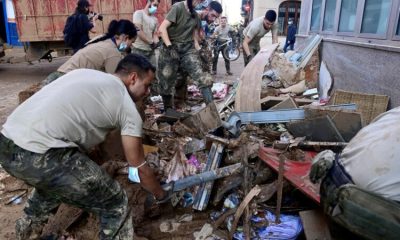
 International5 days ago
International5 days agoPedro Sánchez to explain government’s handling of deadly floods in congress appearance
-
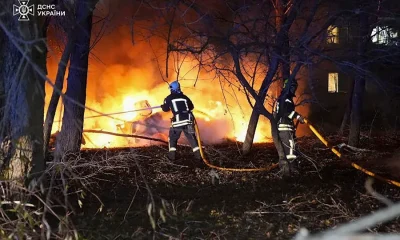
 International3 days ago
International3 days agoMore than 20 dead and a hundred injured in several missile attacks against residential areas of Odessa and Sumi
-

 International5 days ago
International5 days agoFire in India’s Jhansi Hospital kills 10 newborns
-

 International5 days ago
International5 days agoSinaloa cartel network dismantled in Spain following kidnapping and ransom incident
-
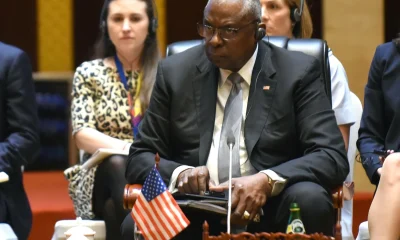
 International1 day ago
International1 day agoThe US claims that China has rejected a meeting between its Defense chiefs in Laos
-
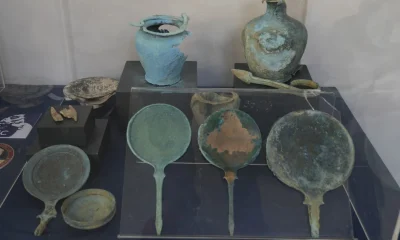
 International2 days ago
International2 days agoEtruscan artifacts targeted in black market scheme uncovered in Umbria
-

 International3 days ago
International3 days agoThe number of deaths rises to 111 in Gaza in one of the most violent days of the month
-
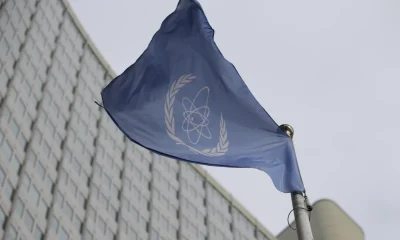
 International2 days ago
International2 days agoIran expands uranium stockpile to near weapons-grade levels
-

 Tecnología2 days ago
Tecnología2 days agoAI chip industry shifts focus as Nvidia faces new competition
-
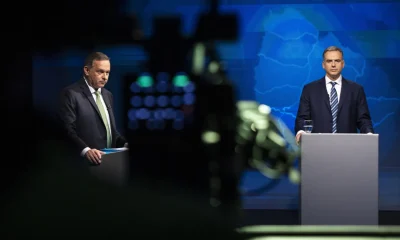
 International3 days ago
International3 days agoThe presidential candidates in Uruguay promised in a debate not to raise taxes
-
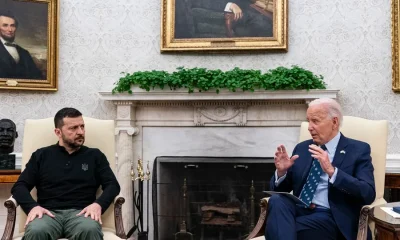
 International3 days ago
International3 days agoThe Kremlin accuses the United States of throwing “firewood” by authorizing Ukraine to use long-range missiles
-
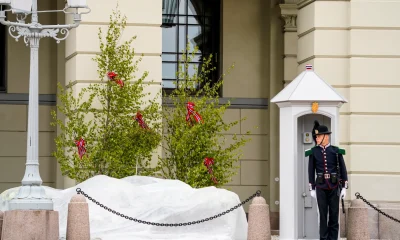
 International1 day ago
International1 day agoOne-week preventive detention for Princess Mette-Marit’s son of Norway for rape
-
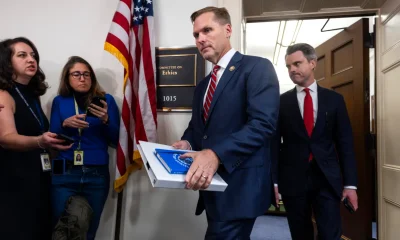
 International1 day ago
International1 day agoThe next attorney general Matt Gaetz manages to stop the report on his sex scandal
-
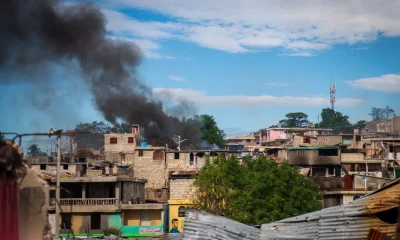
 International1 day ago
International1 day ago85% of Haiti’s capital has fallen into the power of gangs, according to UN reports
-
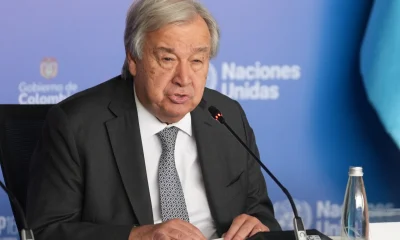
 International4 days ago
International4 days agoAntónio Guterres asks G20 leaders to “take a step forward” for peace in Ukraine and Gaza
-
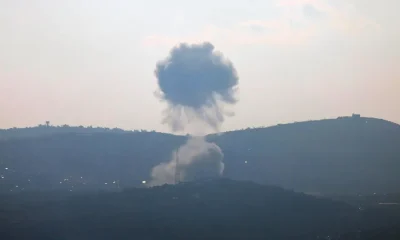
 International7 hours ago
International7 hours agoLebanon reports deadly airstrikes: 40 killed in Bekaa, 12 in southern regions
-
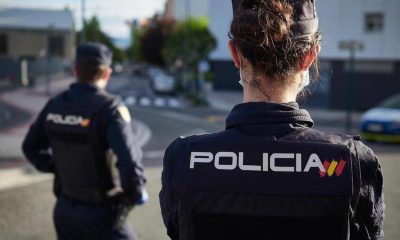
 International5 days ago
International5 days agoSeven british citizens arrested in Spain for hashish trafficking 1.2 tons seized
-

 International7 hours ago
International7 hours agoTrump appoints Pam Bondi as future U.S. attorney general
-
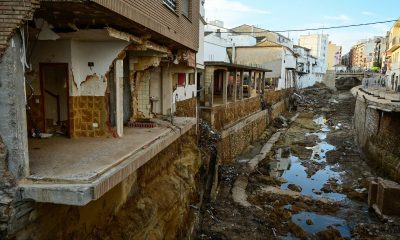
 International7 hours ago
International7 hours agoIMF: Spain’s economy remains resilient despite devastating floods
-

 International7 hours ago
International7 hours agoMatt Gaetz withdraws from attorney general nomination amid political tensions
-
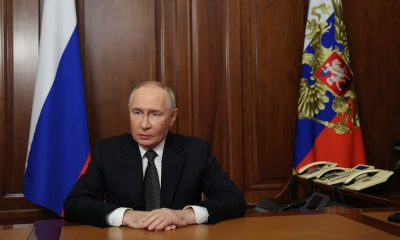
 International7 hours ago
International7 hours agoPutin warns of escalation, suggests strikes on western weapon suppliers
-
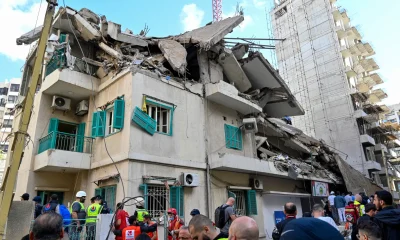
 International3 days ago
International3 days agoHezbulá regrets the death of its spokesman in an Israeli bombing in Beirut
-

 International7 hours ago
International7 hours agoElon Musk plans sweeping cuts to U.S. bureaucracy and spending
-
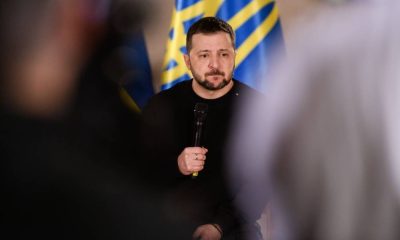
 International7 hours ago
International7 hours agoZelenski urges global action after russian ballistic missile strike


















